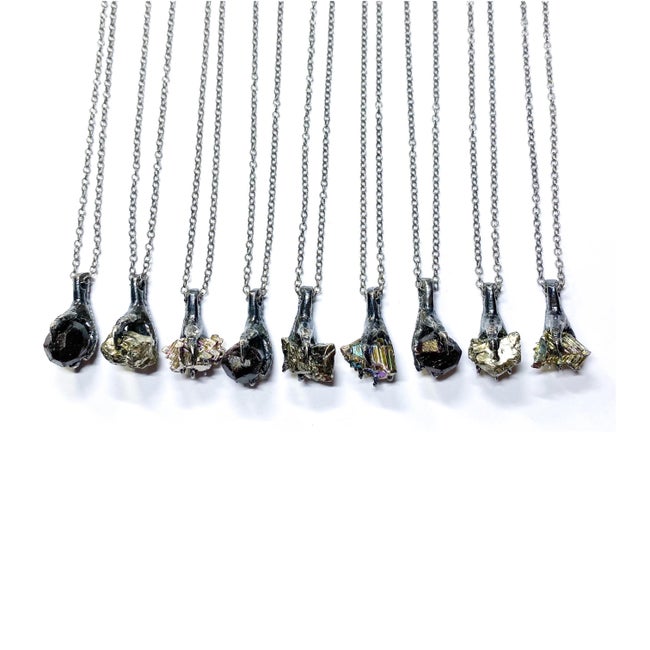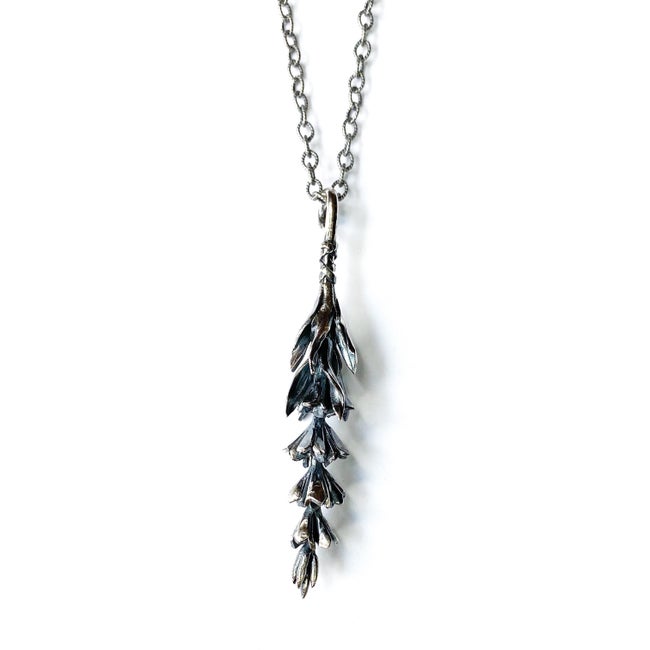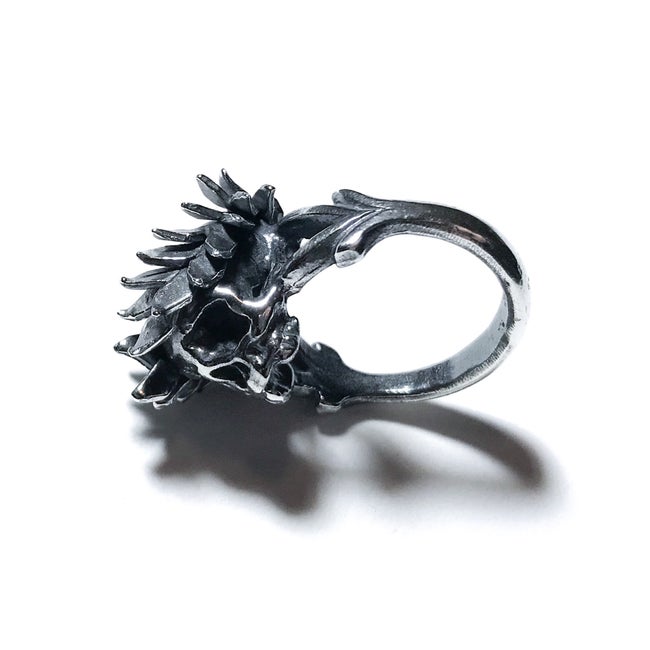b
The Transmundane Jewelry of Arcana Obscura
Kate Hockstein of Arcana Obscura creates jewelry designs inspired by historical and occult themes, ranging from Georgian and Victorian mourning jewelry, alchemy, Egyptian symbolism, to vanitas art, medieval weaponry, and splendors of the animal world. Using the lost-wax casting method, she represents flowers, serpents, flails, sinister left hands, life-sized sculptures of tiny fishes, mortuary designs such as the winged skull that was favored by 17th-century Puritan gravestone carvers, and the inverted torch which is found in 19th-century cemeteries. I love her penchant for Latin mottoes, and her pieces, which have a fascinating story behind each inspiration, bring to life fragments of the annals of arcane history.


